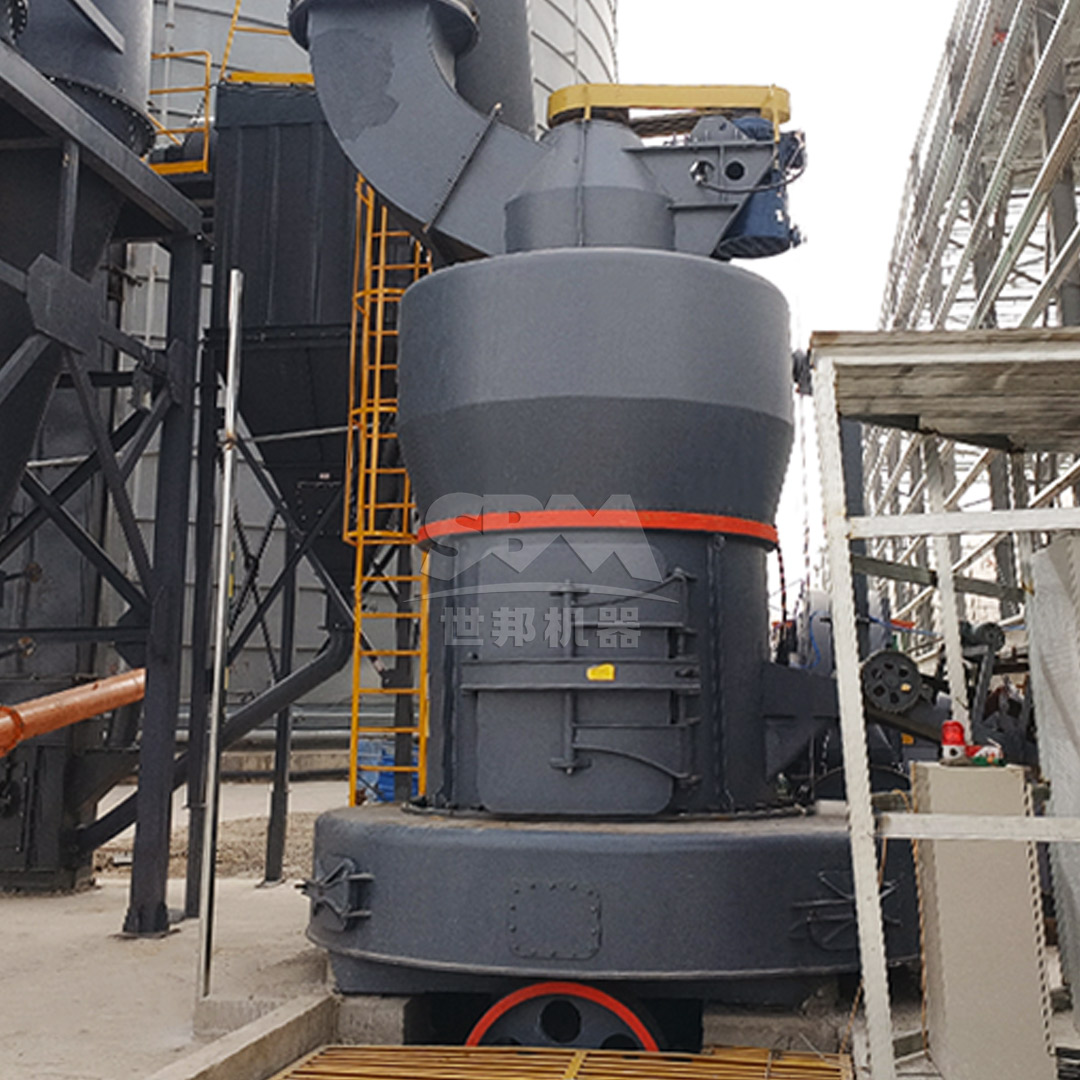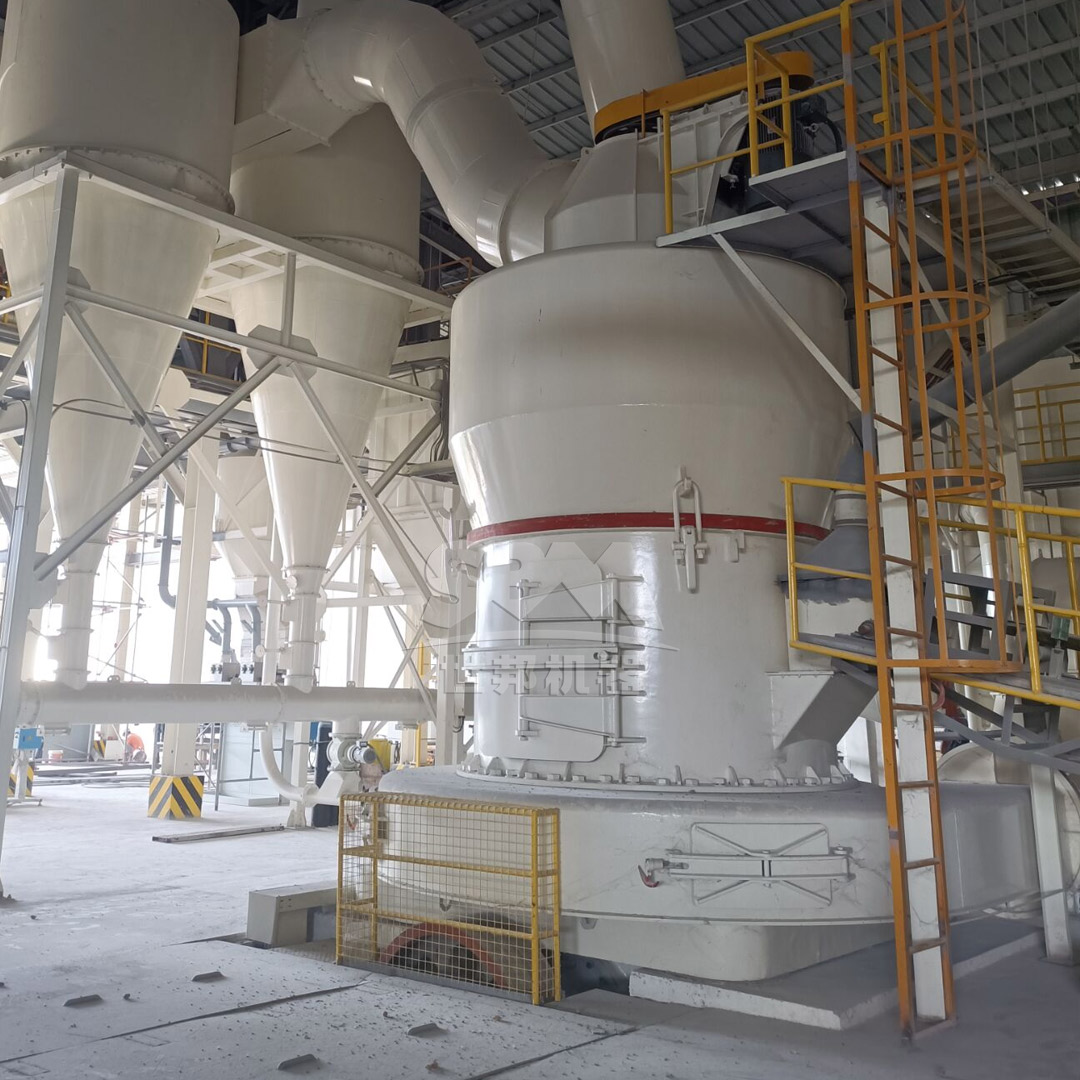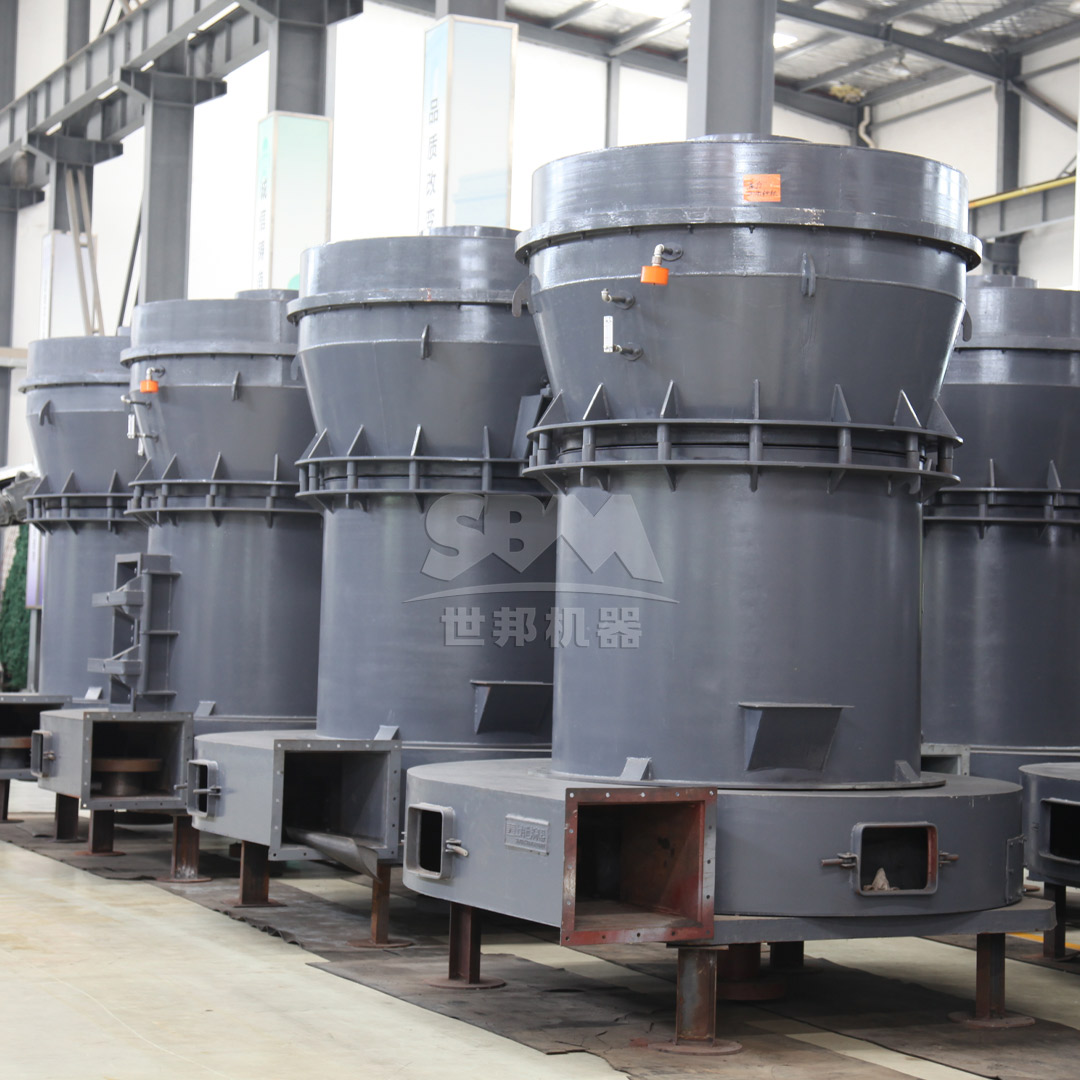The production of rapid set concrete requires precise control over the grinding process of cement clinker to achieve optimal particle size distribution and reactivity. Traditional ball mills have been the workhorse of cement grinding operations for decades, but their efficiency limitations have prompted the industry to seek more advanced solutions. This article explores the technical challenges in clinker grinding and presents innovative approaches to enhance grinding efficiency while maintaining product quality.
Clinker grinding represents one of the most energy-intensive processes in cement manufacturing, accounting for approximately 40-50% of total electrical energy consumption. The efficiency of this process directly impacts the final concrete properties, including setting time, strength development, and durability. Traditional ball mills operate on the principle of impact and attrition, where grinding media (balls) cascade and cataract within a rotating cylinder, reducing clinker particles through repeated impacts.
The grinding efficiency is influenced by multiple factors including mill speed, ball size distribution, material filling ratio, and ventilation. Optimal operation requires careful balancing of these parameters to minimize energy consumption while achieving the target fineness. Research indicates that only 1-2% of the energy input is actually utilized for size reduction, with the remainder dissipated as heat, noise, and vibration.
| Parameter | Optimal Range | Impact on Efficiency |
|---|---|---|
| Mill Speed | 70-80% of critical speed | Determines grinding media motion pattern |
| Ball Size Distribution | 25-90mm mixed sizes | Affects impact energy and grinding frequency |
| Material Filling Ratio | 25-35% of mill volume | Influences residence time and grinding efficiency |
| Ventilation Rate | 1-1.5 m/s air velocity | Controls temperature and removes fine particles |

While traditional ball mills remain prevalent in the cement industry, several advanced grinding technologies have emerged that offer significant improvements in energy efficiency and product quality control. These technologies address the fundamental limitations of conventional grinding systems through innovative mechanical designs and process control strategies.
HPGR technology applies inter-particle comminution principles, where clinker particles are compressed between two counter-rotating rolls. This method achieves significantly higher energy efficiency compared to impact grinding, with specific energy consumption reductions of 20-50%. The high-pressure compression creates micro-cracks within the particles, making subsequent grinding stages more efficient.
Vertical roller mills have gained substantial market share in cement grinding applications due to their superior energy efficiency and drying capabilities. VRMs operate on the principle of bed compression grinding, where material is ground between a rotating table and rollers. The integrated drying and classification systems further enhance overall process efficiency.

For facilities continuing to operate traditional ball mills, several optimization strategies can significantly improve grinding efficiency. These approaches focus on maximizing the effective grinding energy while minimizing losses.
The selection and distribution of grinding media significantly impact grinding efficiency. Research demonstrates that optimized ball size distribution can improve grinding efficiency by 5-15%. The ideal media charge should include a mix of ball sizes that matches the size distribution of the feed material, with larger balls for coarse grinding and smaller balls for fine grinding.
Modern mill lining designs have evolved to optimize the lifting and cascading action of grinding media. Classifying liners with stepped or wave profiles help segregate grinding media by size, ensuring that larger balls concentrate in the impact zone while smaller balls handle fine grinding. This classification effect can increase throughput by 5-10% while reducing specific energy consumption.
Advanced process control systems utilize real-time monitoring of mill parameters including power draw, material level, and product fineness. These systems automatically adjust feed rates, separator speeds, and mill ventilation to maintain optimal operating conditions. Modern control strategies can reduce energy consumption by 3-8% while improving product consistency.
For operations requiring ultra-fine grinding capabilities beyond conventional ball mill limitations, specialized grinding equipment offers significant advantages. Our SCM Ultrafine Mill represents a technological breakthrough in fine and ultra-fine grinding applications. With output fineness ranging from 325-2500 mesh (D97≤5μm) and processing capacity of 0.5-25 tons per hour, this system delivers exceptional performance for specialized cement applications requiring precise particle size control.
The SCM Ultrafine Mill incorporates several advanced features that address common grinding challenges:
The operational principle involves main motor-driven three-layer grinding rings rotating to disperse material into the grinding path via centrifugal force. Material undergoes sequential roller pressing and layered grinding before final collection through cyclone collectors and pulse dust removal systems.
| SCM Model | Processing Capacity (ton/h) | Main Motor Power (kW) | Feed Size (mm) | Product Fineness (mesh) |
|---|---|---|---|---|
| SCM800 | 0.5-4.5 | 75 | 0-20 | 325-2500 |
| SCM900 | 0.8-6.5 | 90 | 0-20 | 325-2500 |
| SCM1000 | 1.0-8.5 | 132 | 0-20 | 325-2500 |
| SCM1250 | 2.5-14 | 185 | 0-20 | 325-2500 |
| SCM1680 | 5.0-25 | 315 | 0-20 | 325-2500 |
For operations requiring higher capacity grinding with excellent particle size control in the 30-325 mesh range, our MTW Series Trapezium Mill offers robust performance with processing capacities from 3-45 tons per hour. This European-style grinding mill incorporates innovative features including anti-wear shovel design, curved air duct optimization, and integrated cone gear transmission achieving 98% transmission efficiency.
The MTW Series operates through main motor-driven grinding rollers revolving around the central axis while simultaneously rotating to generate centrifugal force. Shovels throw material between the grinding ring and rollers to form a material layer, achieving efficient crushing through compression with classification systems precisely controlling final particle size.

The future of clinker grinding technology points toward increasingly integrated and intelligent systems. Emerging trends include the development of hybrid grinding circuits that combine multiple grinding technologies to optimize energy consumption across different particle size ranges. Digitalization and IoT integration enable predictive maintenance and real-time optimization based on comprehensive operational data.
Advanced material science continues to deliver improvements in wear-resistant components, extending service life and reducing maintenance requirements. The integration of artificial intelligence and machine learning algorithms promises further optimization opportunities through pattern recognition and adaptive control strategies.
Optimizing clinker grinding efficiency remains a critical challenge in rapid set concrete production. While traditional ball mills continue to play an important role, advanced grinding technologies offer substantial improvements in energy efficiency, product quality control, and operational flexibility. The selection of appropriate grinding technology should consider specific production requirements, including target particle size distribution, capacity needs, and operational constraints.
Through careful implementation of optimization strategies and adoption of advanced grinding systems like the SCM Ultrafine Mill and MTW Series Trapezium Mill, cement producers can achieve significant improvements in grinding efficiency while maintaining the precise control required for rapid set concrete applications. Continuous innovation in grinding technology promises further advancements in energy efficiency and product quality for the cement industry.